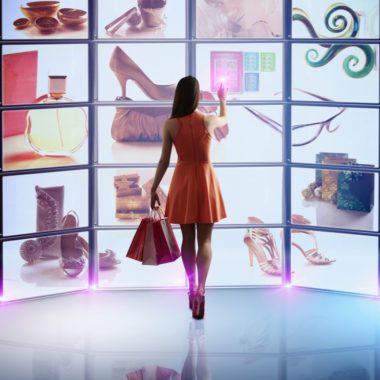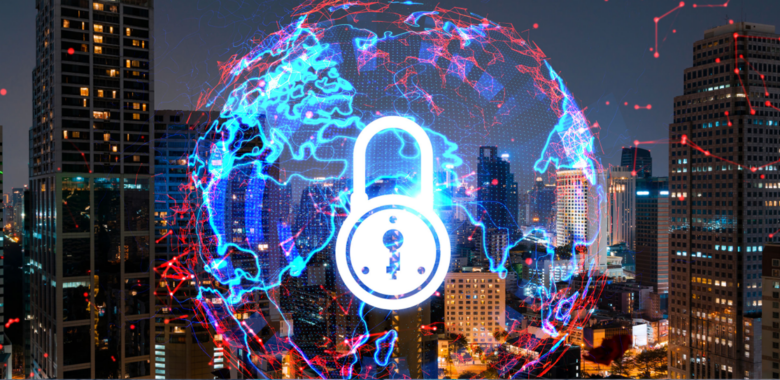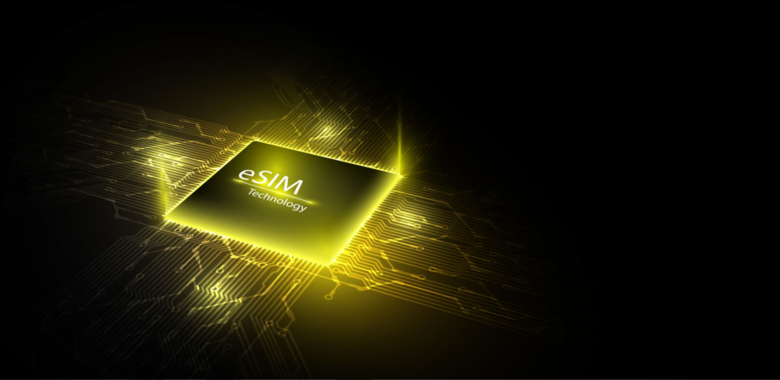Fashion is one of the biggest industries in the world, generating an estimated $664m in revenue annually, as of August 2020. Yet the market is evolving, and ‘traditional’ bricks and mortar retailers are now having to fundamentally change their marketing strategies to compete with the rise of online-only retailers – technology is playing a crucial role in this development.
We’re also starting to see a new wave of designers combine technology in the creation of their garments. Anouk Wipprecht’s work, for example, is based on the intersection between technology and design. Her dresses have been fused with robotics and Artificial Intelligence to create garments that move, breathe, and react to the environment around them.
Think marriage of tech and fashion isn’t already affecting you? Think again. If you own a smart watch and have used it to purchase goods, then you are using a fashion item with technology embedded to speed up your payments process.
Below we list just a few examples of where technology is being used to transform the fashion industry.
Smart clothing
The Internet of Things (IoT) is starting to play a key role in the fashion industry – although it should be noted that this technology is still fairly new and so all the garments come with a hefty price tag. Here, sensors embedded into the clothes or fashion items become a touch point for users, much like your smartphone screen.
One of the most recent and high-profile examples of this technology being used by a fashion brand is Yves Saint Laurent who launched a smart backpack with Google that features a touch-sensitive shoulder strap for controlling a connected smartphone. This garment has a battery-powered Bluetooth tag attached to the sleeve. Features provided by the jacket include music control, Google Maps navigation, and handling of phone calls and messages – wearers of the jacket can also check their diary or the weather using gestures.
For businesses, adding IoT capabilities to their garments is a great way to show their customers that they are thinking about how they can make their lives easier.
Augmented Reality
One of the consequences of the coronavirus pandemic in the fashion industry has been the move towards less contact points in the shopping ‘experience’. Customers have been banned from trying on clothes in store for hygiene reasons, which, unfortunately makes a purchase less likely.
However, one solution for this is to introduce Augmented Reality mirrors. With this technology, customers can try on and compare clothing virtually, as well as, changing the colour of an item and adding accessories.
Re-inventing the way we shop has never been more important. With this technology, queues are reduced into the changing rooms, time is saved, and customer engagement increases. These three factors alone demonstrate how AR can drive sales, while also maintaining strict hygiene – crucial at this time.
NFC tags in clothing
Near Field Communication (NFC) is a technology that can streamline a company’s operations, connect with customers to increase revenue, and protect brands’ products. You may already be familiar with the technology – after all, it allows you to pay with contactless on your devices. But these NFC tags also have a variety of other great use cases.
Luxury handbag makers Maria & Donato, for example, decided to integrate special NFC tags into their bags that provide confirmation of authenticity. Made of very thin, completely flexible material, the tags become part of the bag’s label and can be read using an NFC-equipped smartphone or dedicated reader. With this idea, customers can be more interactive with the clothing items, and this uniqueness increases brand loyalty.
Artificial Intelligence
In recent years, brands have also turned to artificial intelligence (AI) to enhance customers’ shopping experience, analyse data, boost sales, forecast trends and offer inventory-related guidance, among other things. What’s more, this is only set to increase as brands start to look specifically at the environmental impact of their clothes and ways to be more efficient – which ultimately helps to cut costs.
Indeed, in May 2020, Google Cloud partnered with designer Stella McCartney to build a tool that uses data analytics and machine learning to estimate the environmental impact of their production process. Looking primarily at cotton and viscose, the tool analyses data from several sources and measures key points such as soil quality, water run-off, waste and greenhouse gas emissions.
For consumers, AI image recognition can help make buying fashion items easier. Screenshop, an app created by Kim Kardashian, for example, allows users to take a photo or screenshot anywhere of a look they like and open the app to find similar products at any price. This handheld fashion store helps users find affordable prices for the wardrobe they desire.
Utilising technology is becoming increasingly necessary for fashion brands, as live streams, social media, and digital innovation are essential to connecting with consumers.
It will be fascinating to see how this sector develops in the coming years.
Learn more about how IoT can innovate life and aspects of industries or tweet us how @ThalesIoT can help to prepare your organisation to embrace the benefits and opportunities that IoT can bring.



